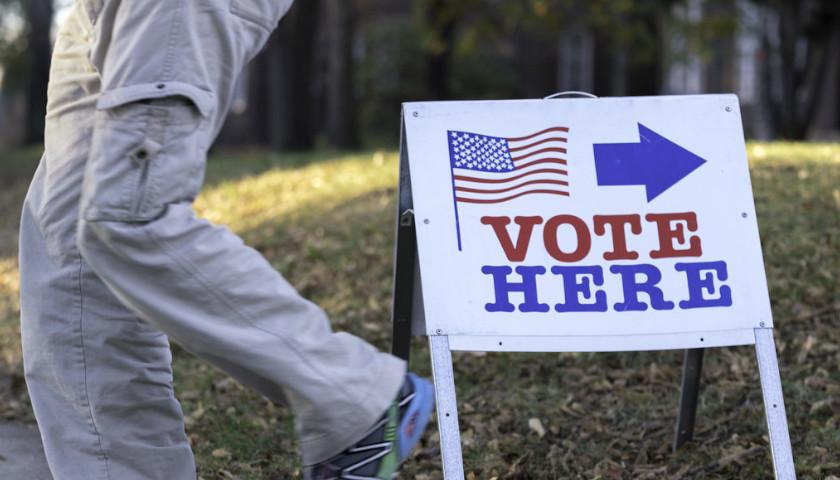Ohio House Democrats are requesting an independent audit of the recent update to the state’s voter registration database, which they claim initially disqualified 16,000 individuals from casting ballots.
State Representatives Juanita Brent (D-Cleveland) and Bride Rose Sweeney (D-Westlake) criticized the state’s voter “purges” in a letter to Secretary of State Frank LaRose and demanded transparency.
“Ohio’s purging of voters is nothing to be proud of. Every time there is a purge, we discover that Ohioans with the right to vote are wrongfully removed from our roll. We should not mess with the people’s freedom to vote. This process needs transparency and an audit to help restore confidence in our elections,” Sweeney said.
The letter also requested more information from LaRose regarding the updated methodology.
“We’re not sure why they would question the judgment or competency of our professional bipartisan boards of elections which provide us with this data, but we encourage everyone to review the list of abandoned registrations to persuade those who have not participated in any voter activity in six years to re-register to vote and participate in our democratic process,” LaRose spokesman Rob Nichols told The Ohio Star.
Nichols told The Star that the annual updates to the state’s voter registration database began in early January and concluded in February. The update is to remove “bad data” from the voter list such as deceased or duplicated individuals. Local election boards are responsible for mailing notices to voters who have relocated or stopped voting as part of the process. A four-year clock is set in motion, for the purpose of canceling inaccurate or inactive registrations.
According to LaRose, before being struck from the rolls, a voter must be inactive for six years.
“The state has a six year look back. Six years with no activity. If they cannot find that they have filled out anything with the BMV or the Board of Elections they get rid of it,” the spokesman told The Star.
Nichols told The Star that if the date of six years of no activity falls within 90 days of an election, they don’t remove the voter from the database.
According to Nichols, even if they remove a voter from the database for inactivity, that voter can still vote by provisional ballot and have it counted if verified.
The local election boards found they could cancel 139,770 registrations in March 2022. Boards reported 124,158 cancellations following the November 2022 election, with 15,612 voters being recognized and removed from the original list due to voter activity or other action.
“Cleaning up abandoned registrations from our voting rolls isn’t just the right thing to do, it’s the law. It’s a commonsense measure that makes it easier to prevent fraud and reduces the burden and costs at our county boards of elections,” LaRose said.
State Senator Theresa Gavarone (R-Bowling Green) said that “you can’t have fair and accurate election results without clean voter rolls. Unfortunately, Democrats have turned basic election administration into a partisan issue.”
“Maintaining accurate voter rolls is imperative for our ability to run fair elections and eliminate voter fraud. All Ohioans, with few exceptions, remain registered to vote unless they voluntarily remove themselves, move to another state, die, or fail to engage in election-related activity for six years. Fortunately, the process for Ohio citizens to register to vote is simple, so inactive voters who decide to participate in future elections can easily register in a variety of ways,” Gaverone said.
– – –
Hannah Poling is a lead reporter at The Ohio Star and The Star News Network. Follow Hannah on Twitter @HannahPoling1. Email tips to [email protected]
Photo “Bride Rose Sweeney” by State Representative Bride Rose Sweeney. Photo “Juanita Brent” by The Ohio House of Representatives. Background Photo “Election Day” by Phil Roeder. CC BY 2.0.





